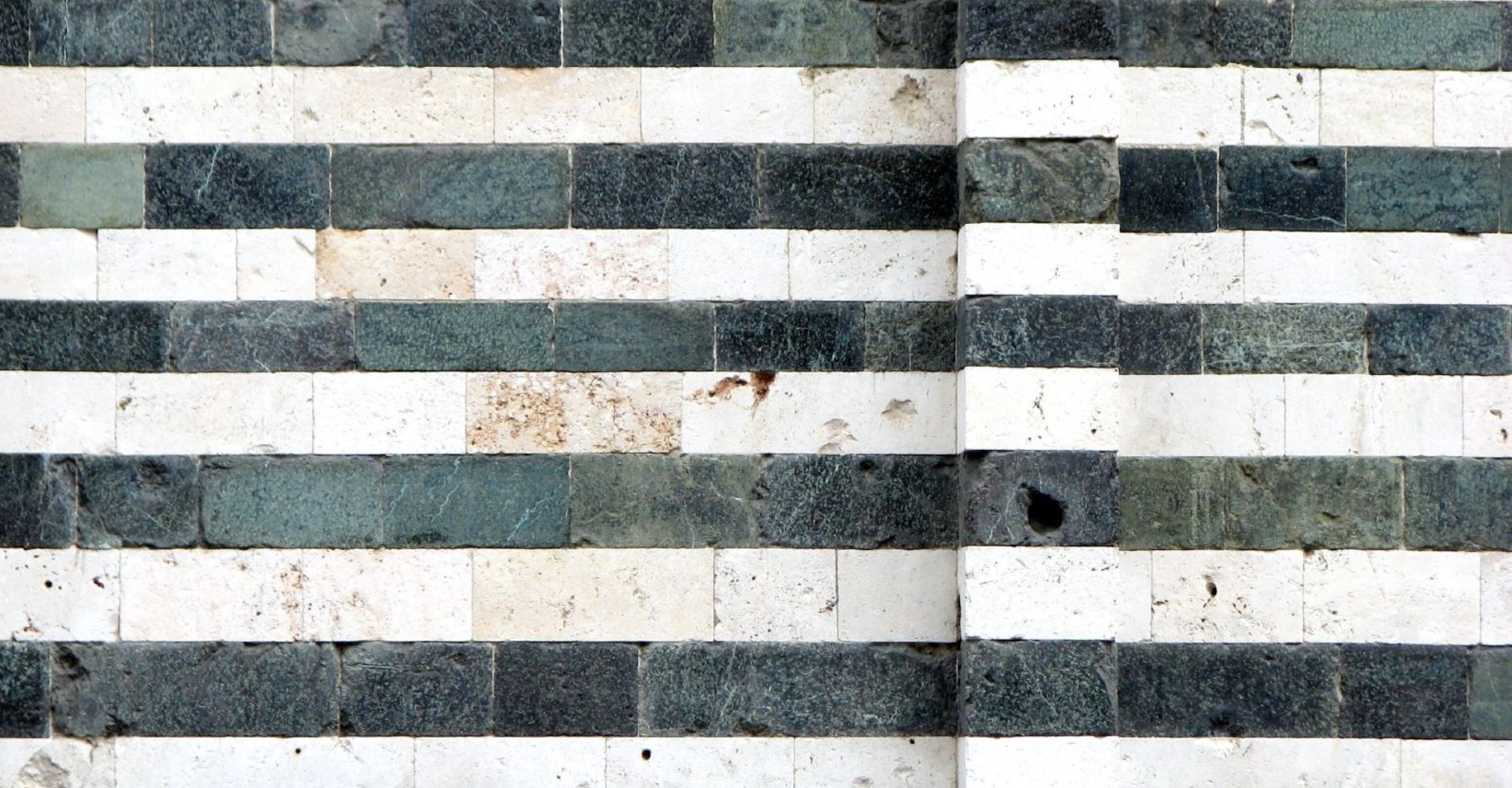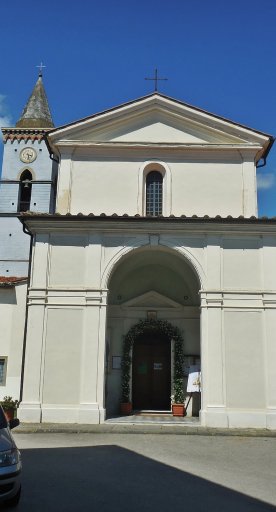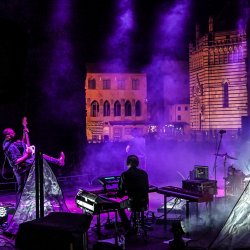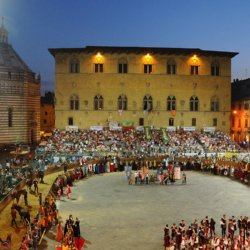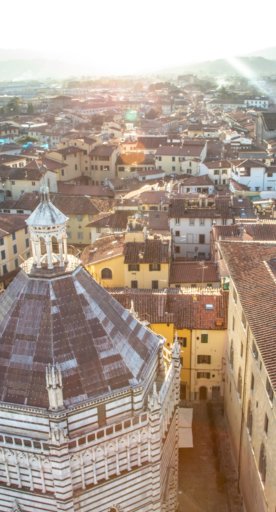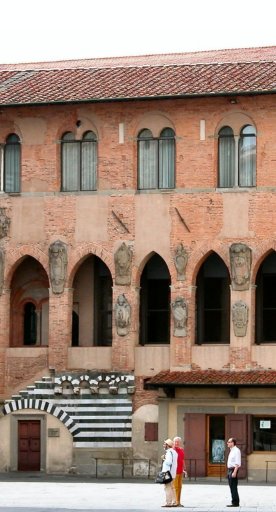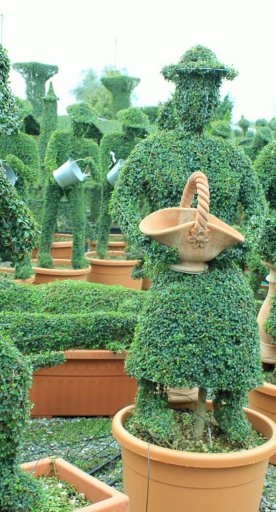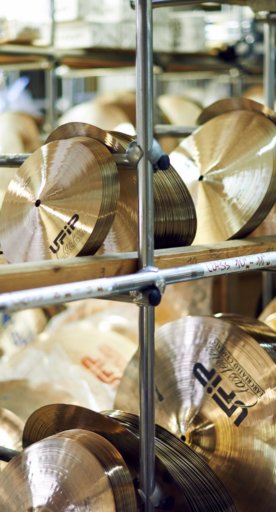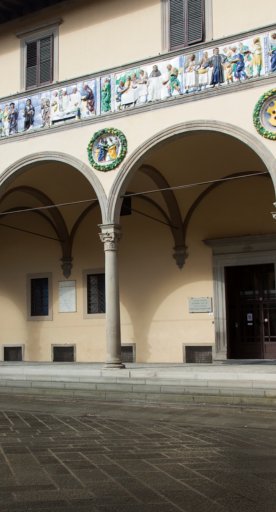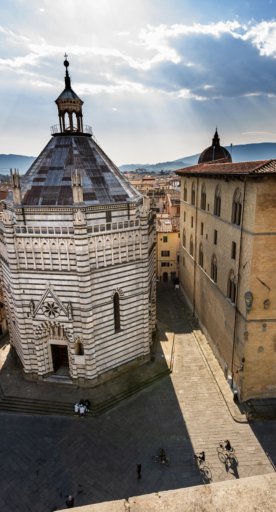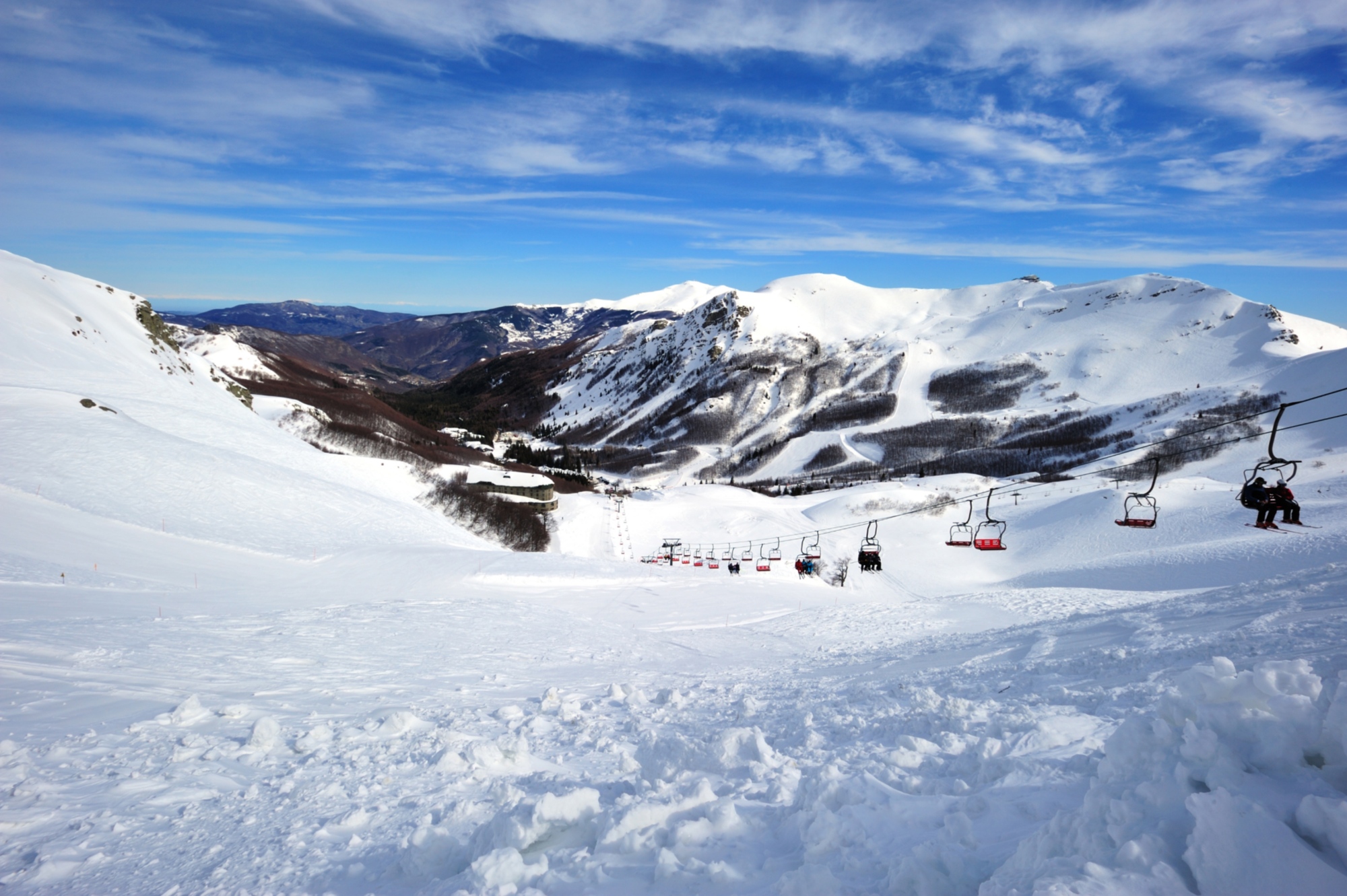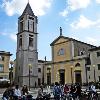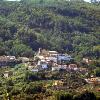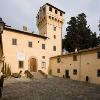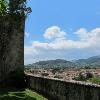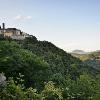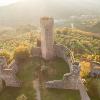Pistoia, a seductive city with a deeply historic roots, is a place that will amaze lovers of art and traditions. Poets and writers have heralded the charm of what they’ve renamed the "city of enchanted stone" and the "city of wide streets and beautiful churches". In the center you can wander down a path full of churches, cloisters, palaces, museums and monuments that revolve around one of the most fascinating Cathedral Piazzas in Italy. And even in the outskirts of the city, there are strikingly beautiful villages, churches and fortified castles.
Pistoia, which was named the Italian Capital of Culture in 2017, is a city of Roman origin, whose urban composition is founded on the boundaries marked by the three ancient city walls.

